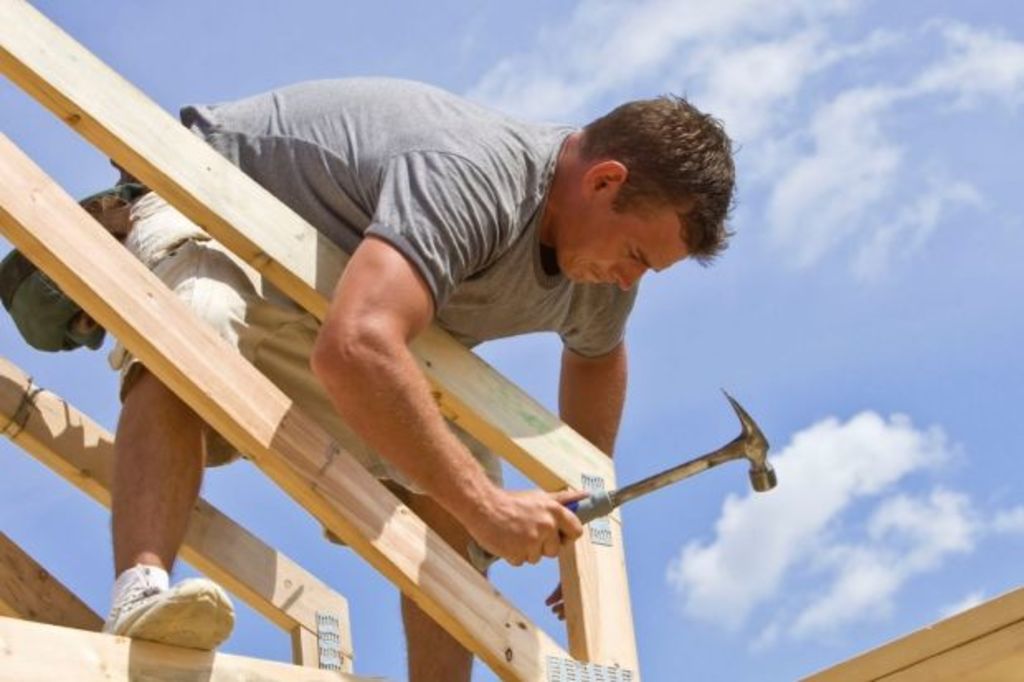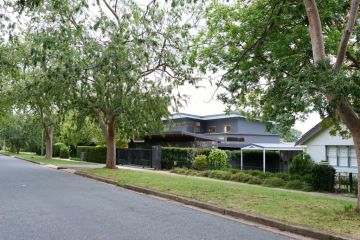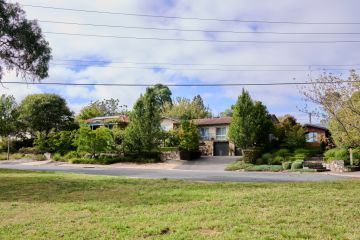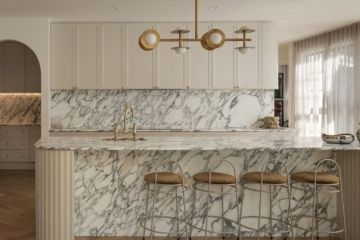Tony Trobe on the wildly varying costs of building

Q: I have just bought an expensive Fluffy block, am thinking of building a new home and have been getting wildly differing advice on the cost of building houses.
TT: A quick look on the internet shows a range of figures from less than $1000 a square metre to more than $4000 a square metre, which are bewildering figures for anyone, particularly if you haven’t built before.
Q: So what are the factors that produce such a large range of cost?
TT: The reasons can be put into three categories which all are, once you think about it, common sense. There is correlation between size, complexity, inclusions and the overall cost of buildings.
Q: OK, the first seems fairly straightforward.
TT: Yep, blind Freddy can work that one out, the bigger it is, the more it will probably cost.
Q: Complexity – that seems like a broad church?
TT: There is a huge range of building styles. At the bottom, with little in the design that deviates from simple standard basic brick veneer construction, on a flat site many project home builders are producing McMansions at less then $1800 a square metre. These types of houses dominate the suburbs and are fine … if this is your cup of tea. Everything about these sorts of homes is generally “bog standard” and requires no specific detailing. These homes can usually be put up by reasonably competent builders and tradesmen with little supervision, they sort of build themselves.
Q: So what is non-standard construction?
TT: Every part of a house from the footings to the roof can be designed in a more expensive way. If you are looking at construction methods and aesthetic styles that deviate from that of the standard brick you should be thinking of allowing at least $2300-$3000 a square metre or more. The over 3000 a square metre category is magazine fodder. Suspended concrete slabs, steep site slopes, articulated building form, cantilevered elements, soaring or complex roofs, exotic cladding materials and custom detailing all contribute to this increased cost but hopefully in a resultant design dividend.
Q: What sort of effect can different inclusions have?
TT: With project homes it is generally a race to the bottom in regard to the allowances for tiles, taps, windows. Good examples of the range in cost of different elements are that you can get a reasonably workable plastic cistern toilet for $300 but a fancy wall hung pan might cost $2000,seven times as much. Carpet may cost as little as $60 a square metre but a polished hardwood floor would be four times as much at $250 a square metre. A set of windows in a project home may be as little as $22,000 whereas a reasonably well performing double glazed window would cost more like $45,000 and high-performance thermally improved windows can be $70,000 or more. If you think of the relative level of inclusions being like buying different quality cars from say a Kia to a Honda and then up to, say a Beemer, you’ll get the idea. You get what you pay for.
Q: Are there any tools to help make sense of this?
TT: I have developed a simple spreadsheet calculator that I would be happy to make available for free to any readers should they wish to contact me by email.
Tony Trobe is director of the local practice, TT Architecture. Is there a planning or design issue in Canberra you’d like to discuss? Email tonytrobe@ttarchitecture.com.au.
We recommend
States
Capital Cities
Capital Cities - Rentals
Popular Areas
Allhomes
More







